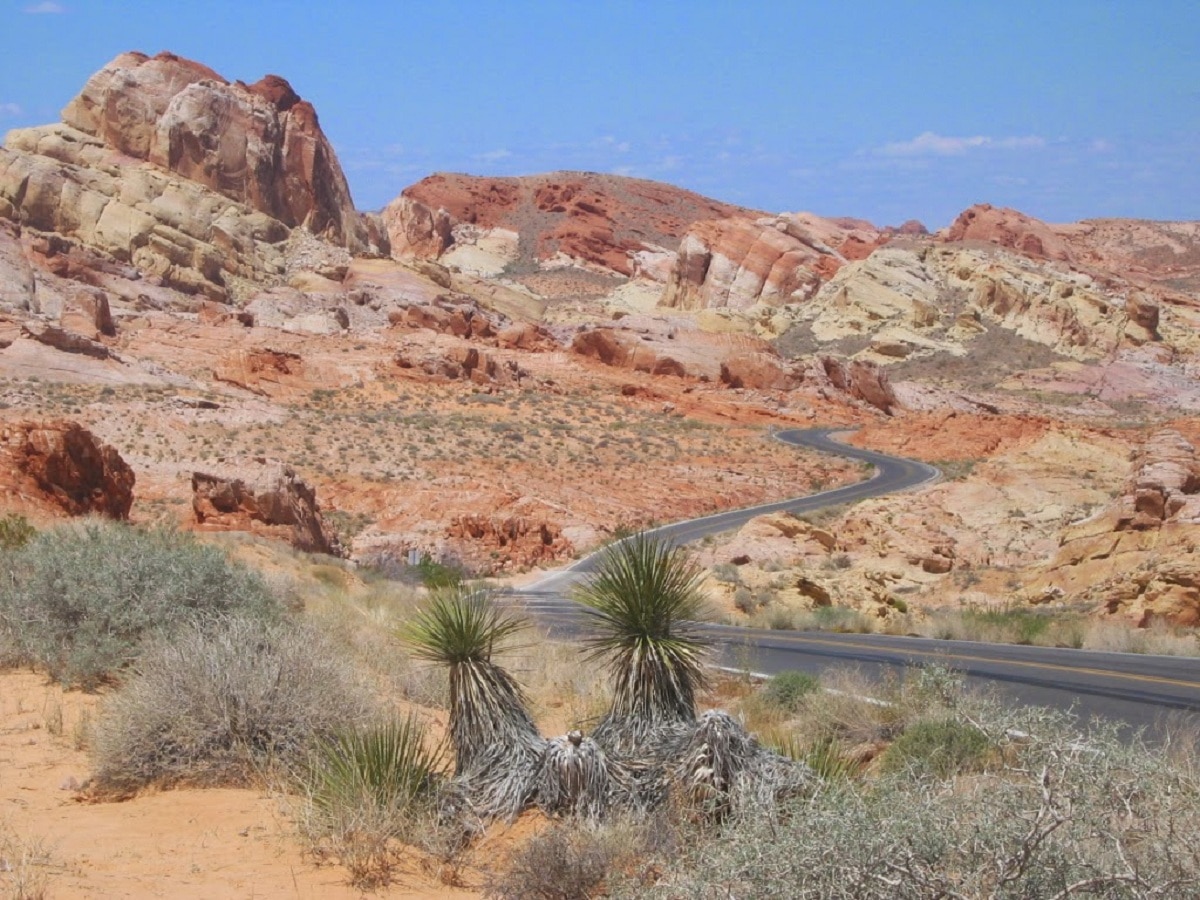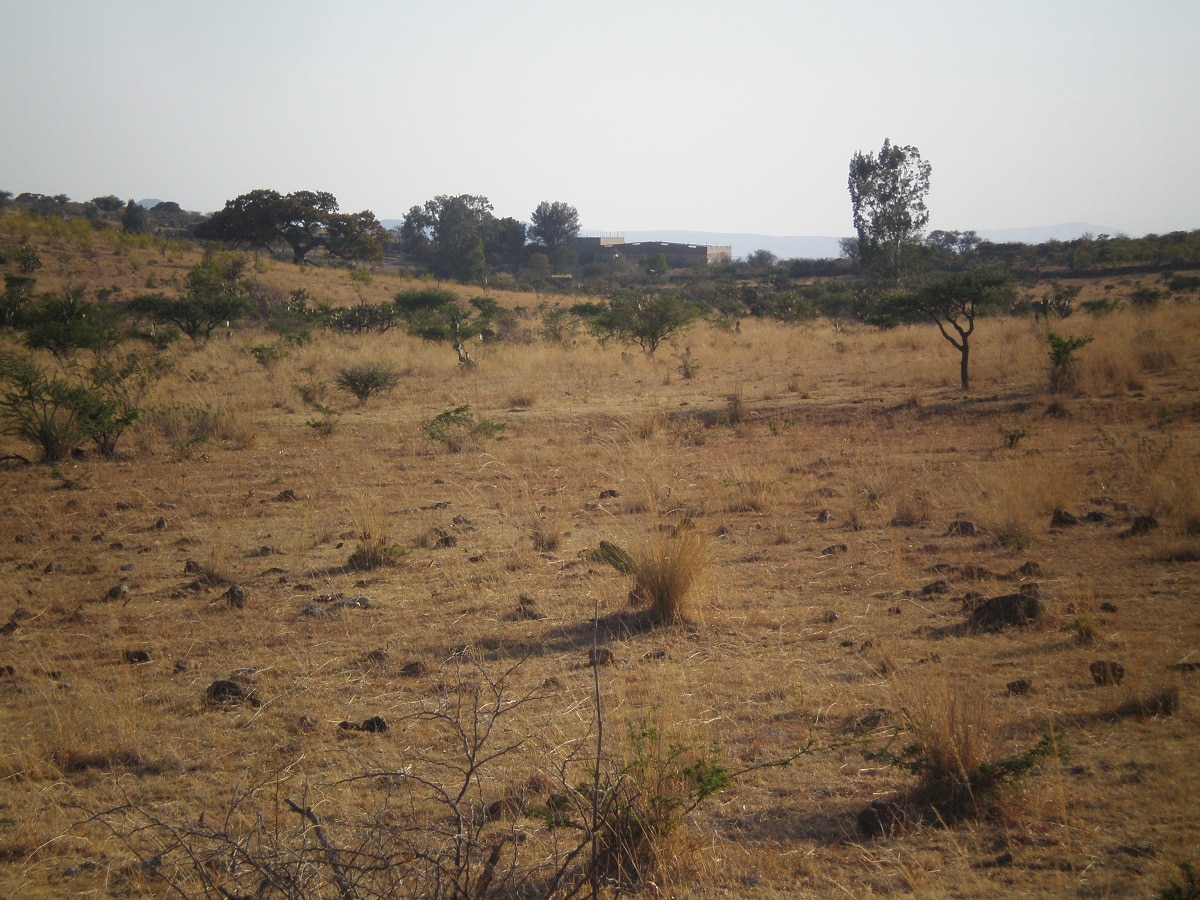
We know that there are many types of climates on the planet, depending on the different characteristics of each one of them. Today we are going to talk about him Dry weather. It is that type of climate that presents annual average rainfall and less than evaporation and transpiration that occurs in the same period of time. That is, the amount of water that is incorporated into the ecosystem is less than that which is lost. Furthermore, since the air is very dry, there are few clouds and the action of the sun is very intense.
In this article we are going to tell you all the characteristics, variables and importance of the dry climate.
Key features

In the dry climate, summers are very hot and it rarely rains. On the other hand, during the winter season the temperatures can be somewhat colder or warmer, but the nights are always cold. They are characterized mainly by having a large difference in temperatures between day and night. Dry weather is generated as a result of global air circulation. According to the circulation pattern for the we know that the air and warmer tends to rise in the atmosphere and is encouraged by sunlight. During the heating process, the air loses part of its water vapor.
When hot air rises it meets other colder layers at altitude. It is then when it goes back down hundreds of kilometers from the equator and it warms up again as it goes down. When the air descends from greater heights it loses more and more water vapor up to here which gives a completely dry air. In giving the reason why the dry climate is dominated by an air with little humidity.
There are other factors that also collaborate in the generation of areas with a dry climate. For example, the highest mountains are responsible for blocking the winds that are loaded with moisture from this sea. By having a high altitude, the mountains force the air to rise. As the air rises, it cools and causes rains on the slopes of it. One of the clouds has discharged all the water, the remaining air will be left with very low humidity. This reinforces the dryness of deserts and steppes.
The most normal thing is that after a high altitude mountain range, there is a wide terrain river, the predominant climate is dry.
Meteorological variables of the dry climate

Let's see what are the meteorological variables that predominate in dry weather:
- Low rainfall: We know that the main characteristic for which the dry climate stands out is low and infrequent rainfall. In arid or semi-desert areas there are rainfall values of only about 35 centimeters per year. In some deserts there are years in which it does not receive a drop of rain. On the other hand, the steppes receive a little more rain but do not have values higher than 50 centimeters per year. The amount of rain that falls in these places only serves to keep the grasses and shrubs that are scattered. There is no tree-type vegetation that can be sustained. The predominant vegetation are grasses and bushes.
- Large extensions: Another characteristic of the dry climate is that the regions where it is found usually occupy large areas. The arid and semi-arid regions of the world make up about 26% of the entire earth's surface. This is how we know that the dry climate has very large places. In these environments, plants and animals have adapted to be able to live with very low rainfall, dry winds and high temperatures throughout the year.
- Increased evaporation: As we have mentioned before, the dry climate stands out for having a lower amount of precipitation than evaporates and transpires by the action of plants. In the more arid regions of the Middle East there are annual averages of 20 centimeters of rainfall, while the annual rates of evaporation and transpiration are more than 200 cm. This extreme evaporation contributes to having dry and thick soils in which vegetation is scarce.
- Extreme temperatures: the wide variation in temperatures occurs both seasonally and daily. Since the sun's rays are more direct in these areas, the temperature fluctuations between day and night are extreme. We know that deserts have very hot summers, while nights are cool and winters are mild. On the other hand, deserts that are cold have winters that can become extremely cold, with temperatures even falling below freezing.
Flora and vegetation of the dry climate

As we have said, there are plants and animals that have had to adapt to these more extreme conditions in order to survive. We will analyze which flora and vegetation predominate in the dry climate. Some of the most abundant species in these places are the ones that we are going to mention:
- Nopal cactus: it is a plant composed of numerous circular pads that grow on a thick and round trunk. All the pads are covered with thorns, which would come to be its leaves. These sheets are shaped in this way to reduce the surface area and decrease the rate of perspiration. In addition, it helps to protect the plant against the herbivorous animals that feed on it. It needs to be able to conserve the maximum amount of water possible in its interior without losing it through perspiration, while carrying out the photosynthesis process.
- Saguaro cactus: it is a cactus whose skin is smooth and waxy and has a kind of rib that extends from the top to the bottom along the entire plant. Its branches grow upright and the trunk can become tall and grow in good conditions. Its spines are 5 cm long and are located on each of the vertical ribs.
- Desert clouds: they are plants that come off their roots and are driven by the wind. They usually grow quite quickly until they can become a plant whose flowers are thorny. The spines serve to reduce the area through which they lose water. They are known by the name of estepicursoras, they are the typical ones seen in western movies such as the tumbleweed. Thanks to this bearing they are able to spread their seeds over the ground.
Fauna
The fauna has created various adaptations throughout evolution to be able to survive in these environments. Let's see which are the main species and their characteristics:
- Rattlesnake: There are numerous species of rattlesnake and their foot patterns are the same but with different colors. It has a triangular head and a bell at the end of the tail. They have a good camouflage ability and their diet is carnivorous.
- Thorny devil: it is a lizard the size of a hand. It has cone-shaped spines and a hump which serves to protect itself.
- Coyote: their fur is brown and mixed with brown, gray or black hairs. They feed mainly on rabbits and other rodents.
I hope that with this information you can learn more about the dry climate and its characteristics.